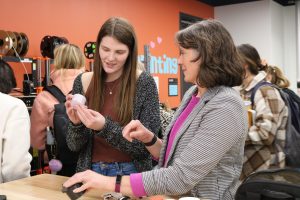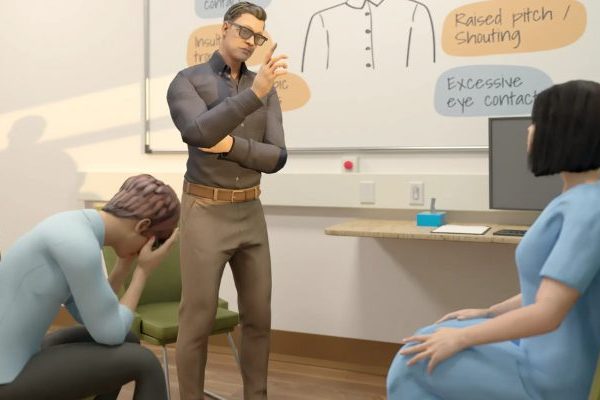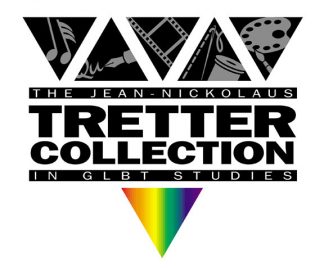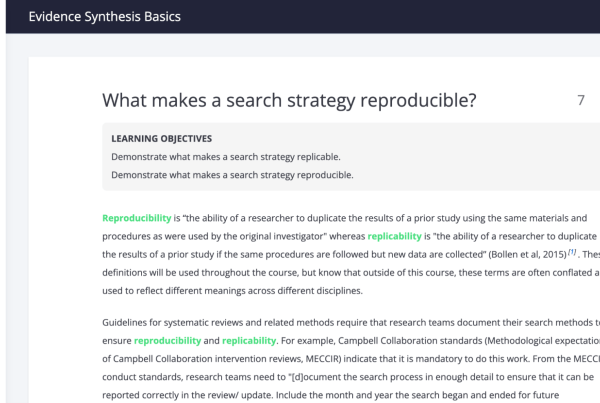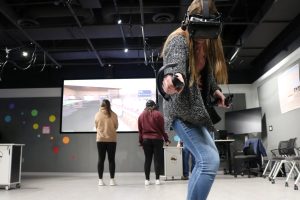
Students exploring different virtual reality experiences in the VR Studio on Feb. 12, 2024. (Photo/Jade Cabagnot)
Technology is advancing, and so is occupational therapy.
Students in Dr. Tamara Vos-Draper’s OT 7541 course, Assistive Technology and Orthotics in OT Practice, visited the Virtual Reality Studio and Makerspace in the Health Sciences Library this spring to examine how emerging technologies like virtual reality and 3D printing will shape the future of occupational therapy.
Virtual Reality programming lead Charlie Heinz and media outreach librarian Scott Spicer led students in exploring a variety of virtual reality experiences and their potential uses in clinical practice. Job Simulator, for example, is a quirky game about robots emulating humanity; it could also be an engaging way for patients to reestablish gross and fine motor movement. YouTube 360 allows users to immerse themselves in faraway environments, which could be a powerful tool for patients who are unable to travel. Other software, like Enscape, takes 3D architectural models and translates them into the virtual reality space, and simulated environments could be assessed for accessibility before being physically built.
Students then went over to the Makerspace, where Makerspace lab manager Steven Bleau introduced the fundamentals of 3D design and printing. Prior to the visit, students had created personal lockboxes in Tinkercad, which they had the opportunity to test and print. This experience will lead into their final project: addressing a complex functional challenge by designing and fabricating an innovative pillbox or multi-tool.
“The goal is to help OT students learn how to adapt or modify designs to meet unique individual needs that considers the person, context, and task,” said Dr. Tamara Vos-Draper. “The VR Studio and Makerspace provide rich experiential learning opportunities to understand how VR and 3D printing can be applied in OT practice settings.”
While using virtual reality and 3D printing in occupational therapy may seem futuristic, these technologies are already being used in practice. Hennepin Healthcare began using Oculus VR for rehabilitation a couple years ago. “[Virtual reality] is starting to be used in therapy clinics, and it’s our responsibility as OTs to be up to date with the technology,” said Cole Nelson, an occupational therapist who graduated from the University’s OT program and returned to assist with the course. “Technology is advancing, and we need to advance our interventions as an evidence-based program.”
“It was helpful to see different places and get a different view [in the Virtual Reality Studio and the Makerspace],” said Haley, a second-year OT student. “This would be really cool to implement in OT.”


